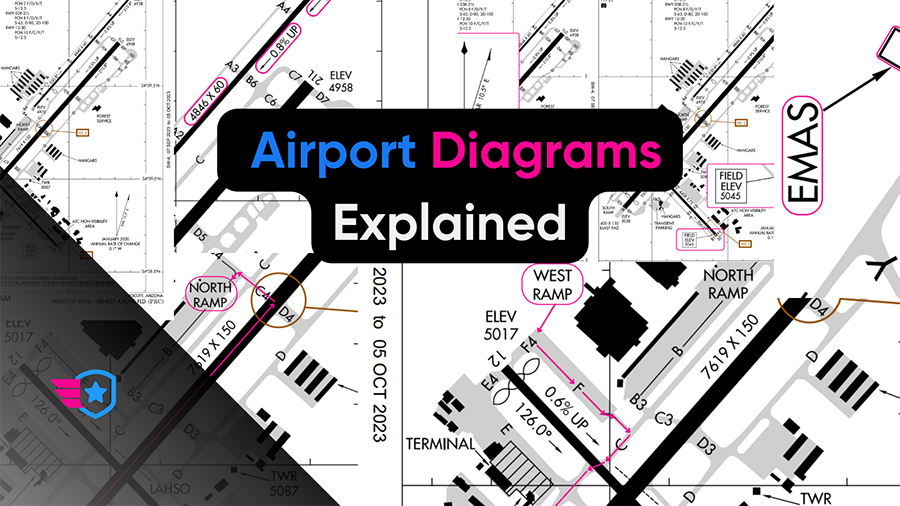-
Key Takeaways
-
What Is a Windsock and Its Purpose?
- Role in Aviation and Other Industries
- Why Do Private Pilots Need To Know How To Read a Windsock
-
How To Read a Windsock (Wind Direction and Speed)
- Wide End of the Windsock
- Taper Design Function
- Reading a Windsock
-
Understanding Windsock Markings and Design
- Windsock Design
-
Materials and Maintenance of Windsocks
- Weather and Maintenance
- Strong Framework
-
Practical Tips for Pilots Using Windsocks
- Check Other Sources
- Windsock Reliability
-
Conclusion
Have you ever wondered how pilots determine wind direction and speed at a glance?
Windsocks may look like simple fabric tubes fluttering in the breeze, but they’re valuable tools for safe flying. If you’re preparing for takeoff, navigating an approach, or landing at an uncontrolled airport, knowing how to read a windsock can give you quick wind information.
This guide will walk you through the basics of windsocks, from their design to their purpose, so you can rely on them during your flights.
Key Takeaways
- Windsocks provide reliable visual information about wind direction and speed.
- The wide end of a windsock points into the wind, while the narrow end indicates its direction.
- Standard FAA aviation windsocks are calibrated to fully extend at a wind speed of 15 knots.
- Regular inspection of windsocks makes sure you receive reliable wind information.
What Is a Windsock and Its Purpose?
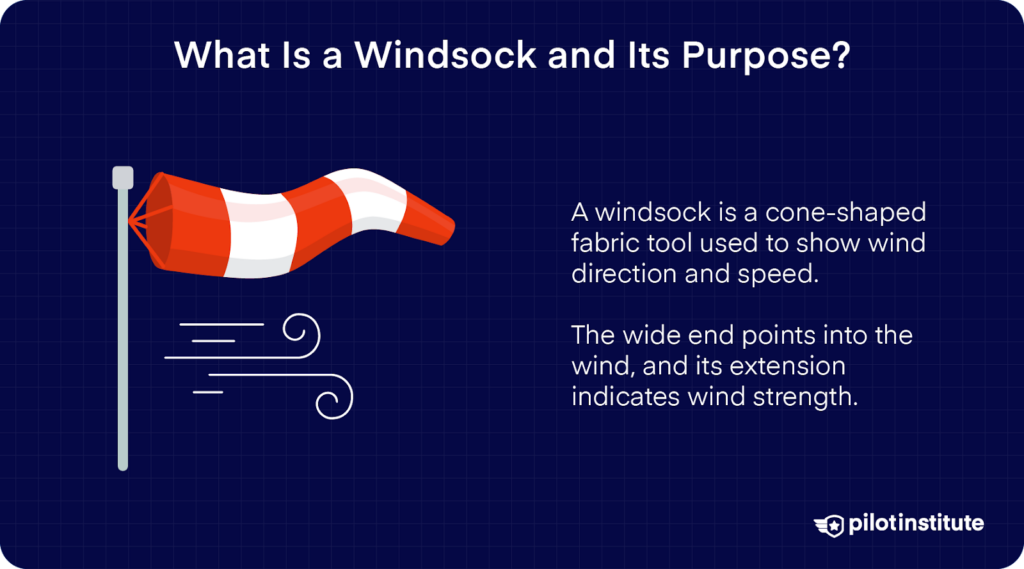
A windsock is an essential aviation tool that helps pilots make safe decisions. This cone-shaped fabric tube may seem simple, but it delivers vital information about wind conditions that every aviator must learn.
Why is it called a windsock? It’s called a windsock because it resembles a giant sock. The windsock is normally placed next to a runway or helipad so that you can easily see it when lined up for takeoff or coming in for a landing.
Consider a windsock as nature’s wind compass. It acts as a real-time visual indicator of wind direction and speed, helping you make important decisions.
Role in Aviation and Other Industries
What makes windsocks so reliable for pilots? Although modern airports utilize advanced weather monitoring systems, windsocks are still valuable because they provide immediate, visual feedback that you can rely on.
Besides aviation, windsocks are installed on freeways, chemical plants, and industrial sites where tracking wind direction is required for safety.
Why Do Private Pilots Need To Know How To Read a Windsock
The short answer is to improve safety and get a general idea about the wind conditions. As a private pilot, you may fly to or from airports that do not have advanced weather reporting systems. In these locations, windsocks can be the only means of gauging wind conditions.
Non-Towered Airports
Compared to commercial airports that have tower services, many general aviation airports are uncontrolled. It is your responsibility to evaluate wind conditions before selecting a runway for takeoff or landing.
How else can a windsock help? A windsock can become your main source of real-time wind information, especially when your aircraft radio equipment is unavailable or malfunctions.
More Safety
Private Pilots usually fly lighter aircraft that are more sensitive to wind. Why does this matter? These aircraft have lower crosswind limitations and are more affected by gusts and wind shear. A windsock can help you quickly evaluate if the wind conditions are within your aircraft’s capabilities.
How To Read a Windsock (Wind Direction and Speed)
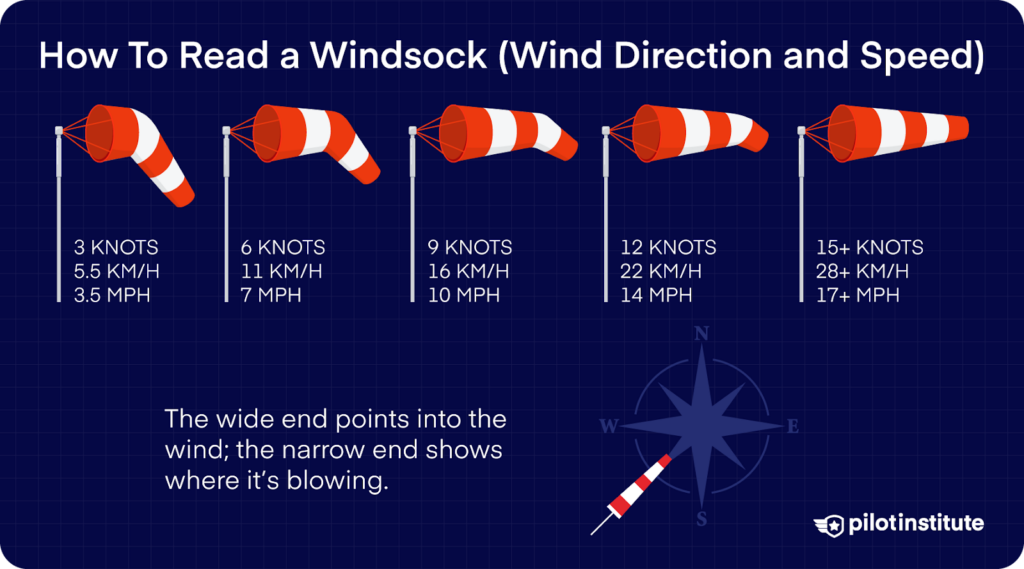
Reading a windsock is easy once you understand its design. Think of the windsock as a meter for wind strength. The more horizontal it is, the stronger the wind. Let’s see how to figure out the wind direction.
Wide End of the Windsock
Remember that the wide end of a windsock always points into the wind. It’s similar to a weather vane, as the larger opening captures the wind, creating more air resistance than the narrow end.
This causes the windsock to pivot naturally in the wind’s direction. For instance, if the wide end of a windsock is pointing west, it indicates that the wind is coming directly from the west.
Taper Design Function
The tapered design of a windsock serves two main purposes:
1. Wind Speed Measurement: As the wind speed increases, it progressively fills and extends the sock. The tapered shape allows for different levels of extension at specific wind speeds.
2. Stability: The gradual narrowing of the windsock helps stabilize it in various wind conditions, reducing erratic movement and providing clearer readings.
Reading a Windsock
The position of a windsock shows three pieces of information:
1. Direction: The wide end of the windsock shows where the wind is coming from and the narrow end shows where the wind is blowing toward.
2. Speed: The level of extension will give you an approximate wind speed. To figure out the wind speed, look at how much the windsock is extended. A drooping, limp windsock suggests light winds, while one that is fully extended indicates strong winds.
3. Gustiness: Any fluttering or sudden windsock movements suggest wind variability or gusts.
How To Read a Windsock
- Hanging limp: Winds are under 3 knots.
- Extended halfway: Winds are around 7-8 knots.
- Fully Extended: Winds are strong, likely 15 knots or higher.
- Moving erratically: Conditions are gusty or turbulent.
Understanding Windsock Markings and Design
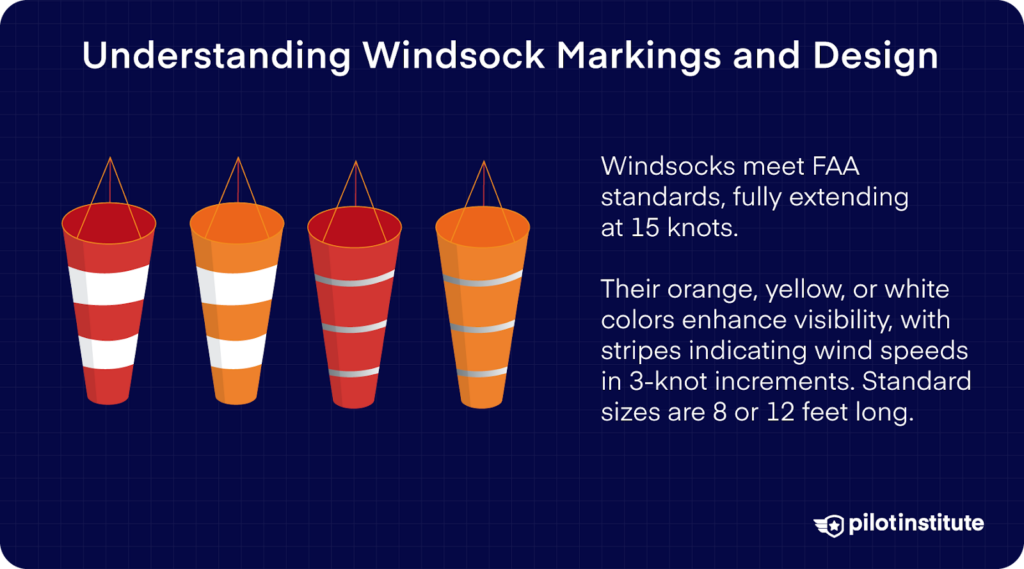
Windsocks stick to a standard calibration based on FAA and International Civil Aviation Organization (ICAO) guidelines to fully extend when the winds reach a specific speed (15 knots). The specifications also state that windsocks have either orange, yellow, or a white color.
The colors are usually chosen based on the environment to maximize visibility and make the windsock stand out.
The most useful windsock has lines or sections with either solid or alternating colors (orange and white stripes), where each section represents 3 knots. So, these windsocks can show winds from 3, 6, 9, 12, and 15 knots.
Windsock Design
Aviation windsocks are designed with certain features to show the correct wind conditions. For example, the windsocks can be 8 feet long and have a throat diameter of 12 inches or 12 feet long with a 36-inch diameter. While these dimensions are standard for FAA-compliant windsocks, other sizes may be used.
Materials and Maintenance of Windsocks
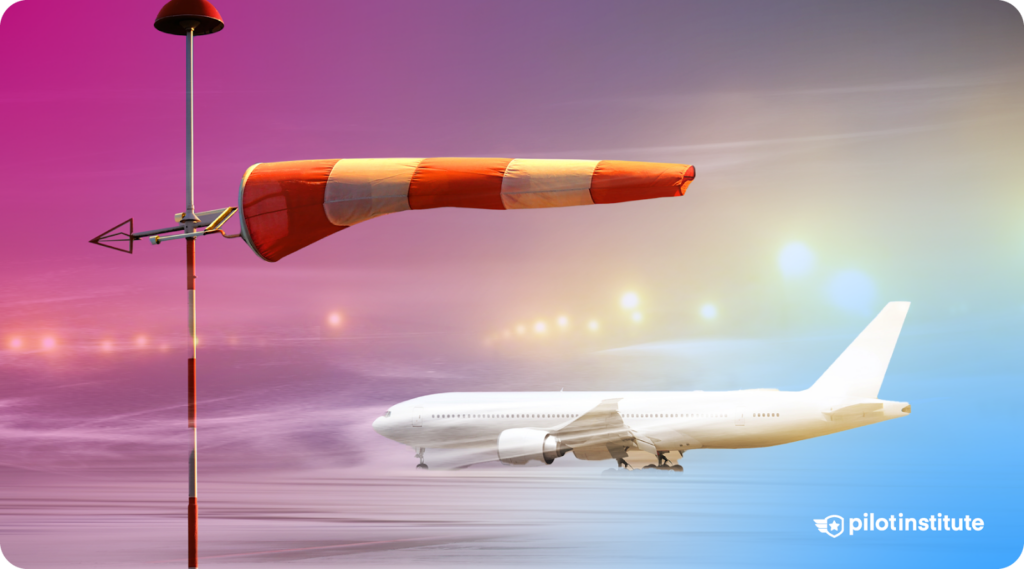
The choice of fabric matters. What materials are windsocks made of? Windsocks are usually made from nylon or polyester fabric treated with UV-resistant coatings. These materials offer a good mix of durability and responsiveness to wind forces.
The best windsocks strike a balance between weight and strength. They are heavy enough to hold their shape in light winds yet light enough to react to subtle changes in the wind.
Weather and Maintenance
Since windsocks are constantly exposed to outdoor elements, the weather can take a toll on them. Prolonged sun exposure may fade colors and weaken the fabric, while constant movement can stress the seams and attachment points.
Does a windsock require regular maintenance? Yes. The inspection frequency for windsocks varies based on airport policies, and they replace them whenever signs of wear become evident.
Strong Framework
The framework that supports a windsock is just as important as the sock itself. Why is this important? A well-installed windsock should rotate freely on bearings, allowing it to turn smoothly as the wind direction shifts.
Practical Tips for Pilots Using Windsocks
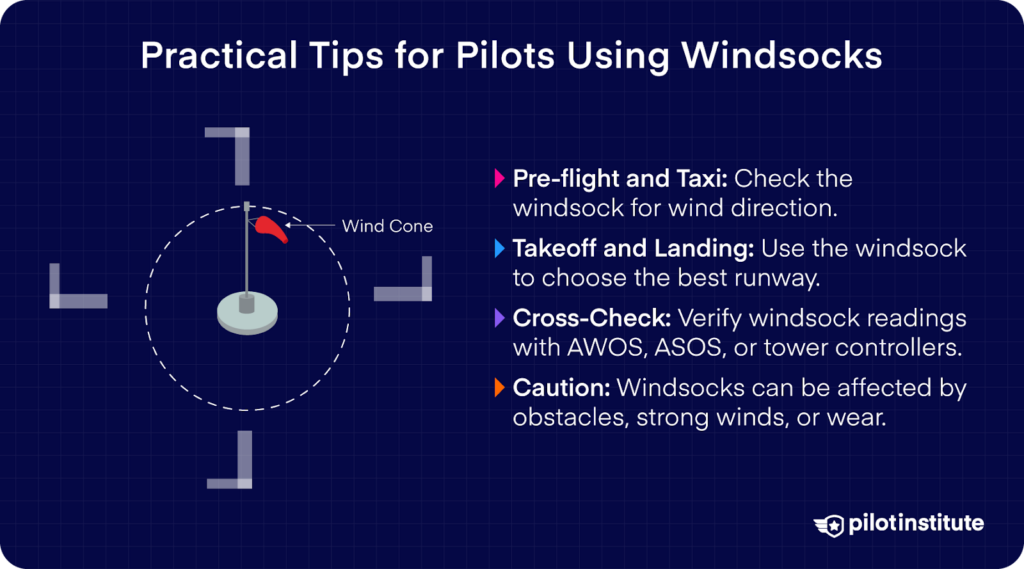
Many pilots make it a habit to check the windsock during their pre-flight inspection if possible. You should also observe the windsock while taxiing and before taking off.
What about while landing? Before landing, you can look at the windsock to select the runway that provides the best headwind.
Check Other Sources
While windsocks offer useful information, you should also verify this data from other sources, such as the Automated Weather Observing System (AWOS) and Automated Surface Observing System (ASOS).
Windsock Reliability
Why should you cross-check windsock readings with automated systems? Sometimes, you need to be cautious when depending solely on windsocks because nearby buildings or trees can block or create wind shadows that distort windsock readings. This usually occurs in locations where the windsock is improperly placed or affected by obstacles.
In strong winds, some windsocks might wrap around their poles. Also, a windsock may naturally wear out. In such situations, you should check for additional wind information from the tower controllers or automated systems.
Conclusion
The simplicity of the windsock is its greatest strength. As a private pilot, knowing how to interpret a windsock can help you make better decisions about runway selection, wind conditions, and flight safety. This is especially true at airports without advanced technology.
By combining windsock observations with other weather data sources, you’ll have a well-rounded understanding of the conditions around you.
The next time you spot a windsock, you’ll know it’s more than just a piece of fabric. Fly safe, aviators!

